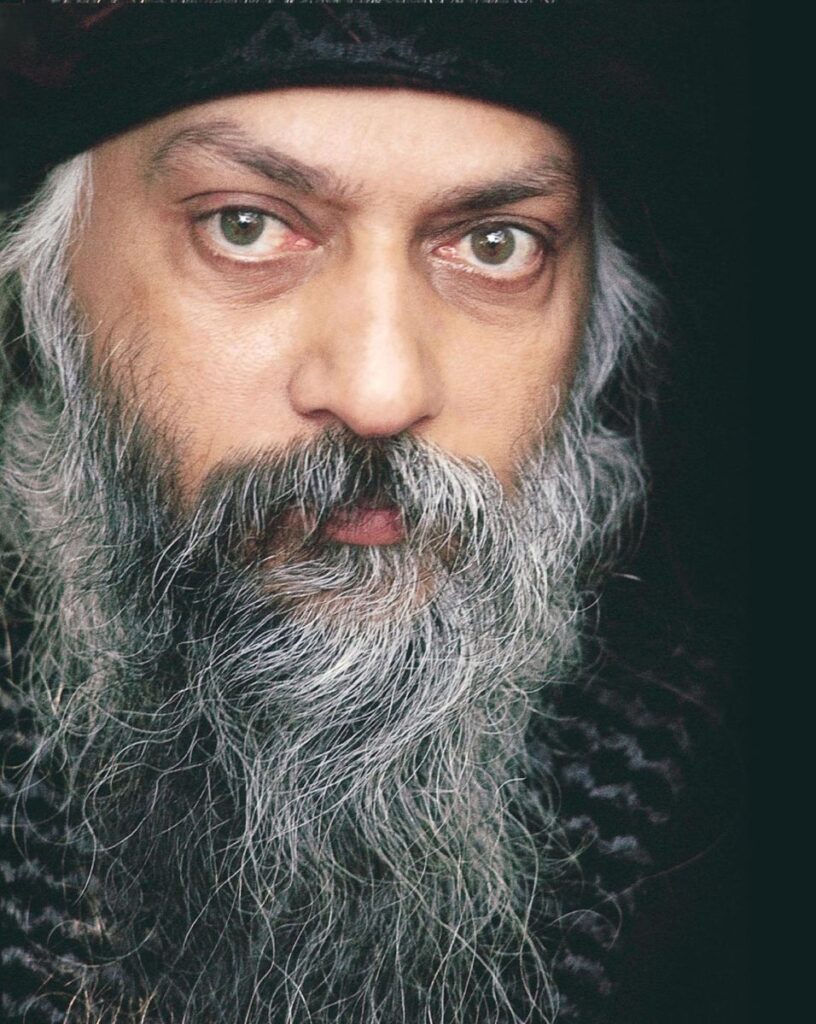The Hassid mystic, Zusia, was dying, and he started praying.
Tears were flowing down his eyes and he was trembling.
And somebody asked him, “What is the matter? Why are you trembling?”
He was saying “I am trembling for a certain reason. This is my last moment, I am dying. Soon I will be facing my God, and I am certain he is not going to ask me ‘Zusia, why were you not a Moses?’
If he asks I will say “Lord, because you didn’t give me the qualities of a Moses!”; there will be no problem.
He will not ask me ‘Why were you not the Rabbi Akiba?‘ I will tell him “Sir, you never gave me the qualities of being an Akiba, that’s why.”
But I am trembling because if he asks ‘Zusia, why were you not a Zusia?‘ then I will have nothing to answer, then I will have to look down in shame. That’s why I am trembling and these tears are flowing.
My whole life I tried to become Moses or Akiba or somebody else, and I completely forgot that he wanted me to be just Zusia and nobody else. Now I am trembling, now I am afraid. If he asks this question, what am I going to answer?
How will I be able to raise my eyes when he says ‘Why were you not Zusia? You were given all the qualities of being a Zusia, how did you miss?‘
And I have missed all in imitating others.”
Osho – The Sun Rises in the Evening
Hasidism, also known as Hasidic Judaism, is a Jewish religious group that arose as a spiritual revival movement in the territory of contemporary Western Ukraine during the 18th century, and spread rapidly throughout Eastern Europe.
Rabbi Meshulam Zusia (1718-1800), or Zusya, of Hanipol was a Hasidic luminary known for his deep emotional approach towards prayer and great piety.
Rabbi Akiba was a famous Jewish rabbi of the 2nd century AD. He was a great authority in on Jewish traditions and did commendable work in systemising the traditions.

Acharya Rajneesh (1931-1990), known later as Osho, was an Indian godman, philosopher, mystic and founder of the Rajneesh movement. He was viewed as a controversial religious leader during his life. He rejected institutional religions, insisting that spiritual experience could not be organised into any one system of religious dogma. He advocated meditation and taught a unique form called dynamic meditation. Rejecting traditional ascetic practices, he asked his followers to live fully in the world but without attachment to it. Pic courtesy: https://www.sannyas.wiki/
